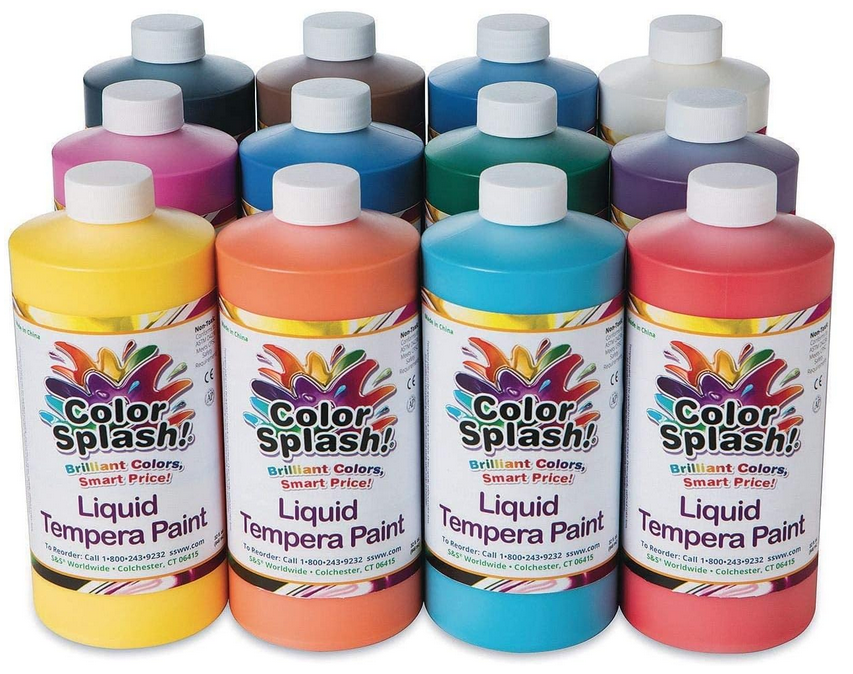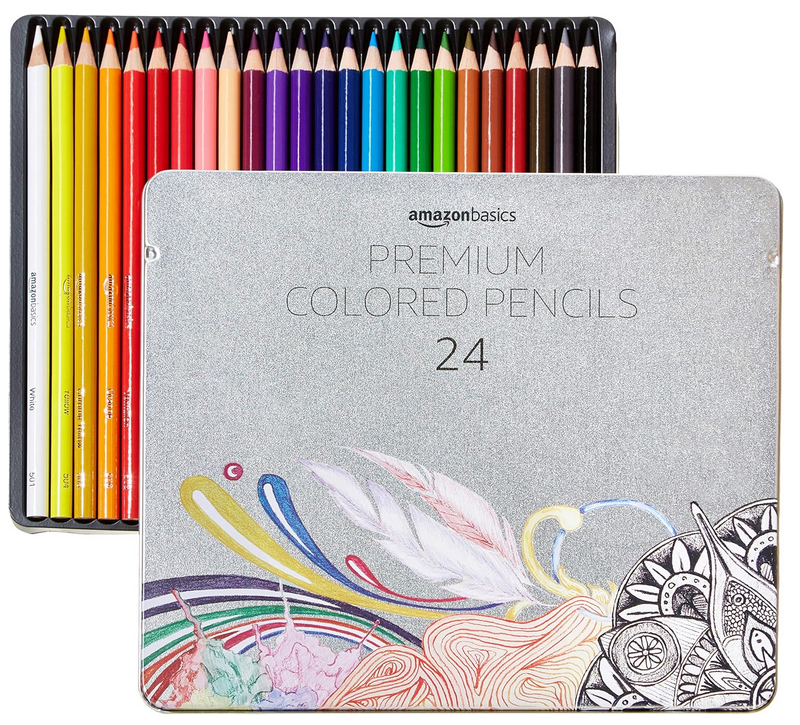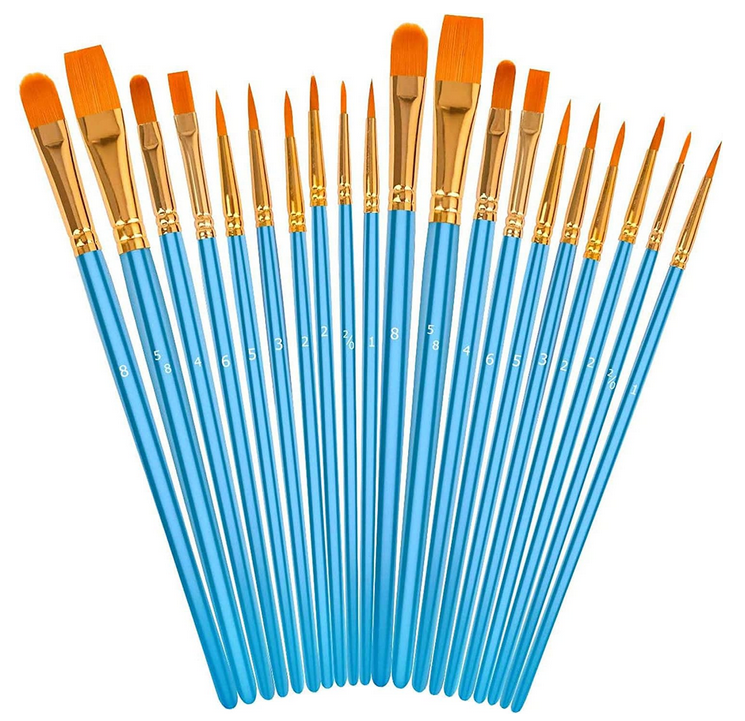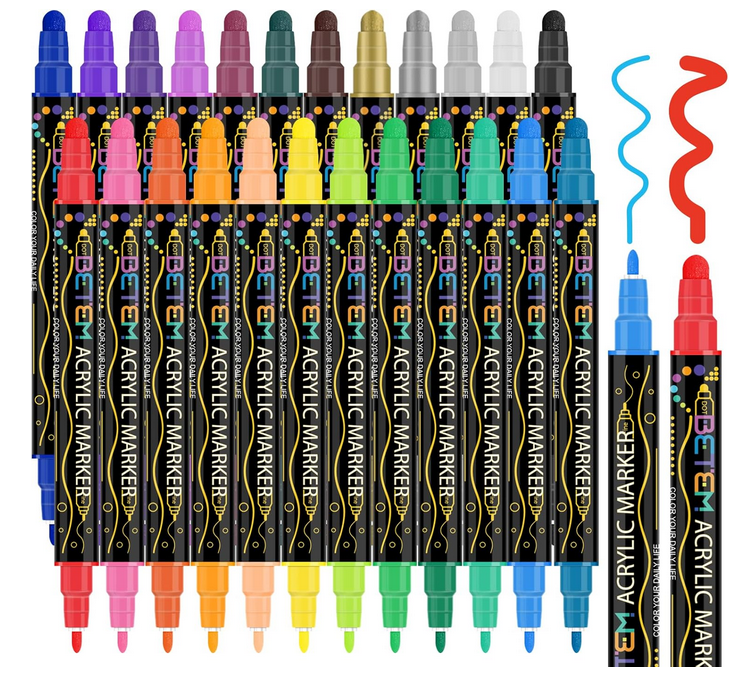- Home
- Art History
- Magic Realism
Magic Realism
Not always photographically lifelike, Magic Realism developed as an art style after World War I, featuring ambiguous ideas and details.
Following German Expressionism, Magic Realism began to emerge, but there was no coherent group of artists, and it was a slow-moving idea that developed first in Europe and subsequently in the Americas.
|
Focusing on underlying emotions, it evolved as a representational painting style, comprising apparently fairly ordinary scenes mixed with elements of fantasy that concealed enigmatic or unexpected ideas. The paintings were often executed in bright colors and sometimes projected eerie or mysterious moods. |
Key Artists:
|
Like Expressionism, Magic Realism explored emotions, but in contrast, it moved away from abstractions and distortions. The term Magic Realism was invented by the writer Franz Roh to describe some paintings at an exhibition held in Mannheim in 1925, titled "Die Neue Sachlichkeit" (The New Objectivity). Clearly representing the real world, not all of the paintings are especially lifelike, and some are quite naive in their style, but all feature intricate details, clear contours and underlying, secondary meanings.
Key Developments:
- With no manifesto or organized group, Magic Realists worked independently.
- By the 1930s, the Depression and rise of the Nazi party in Germany meant that the movement ceased developing there.
- However, it contimued in other parts of the world, perticlarly across the Americas, which remained detached from European developments.
Important influences included Henri Rousseau (1844 - 1910) and the metaphysical paintings of Giorgio de Chirico (1888 - 1978). The movement was a strong influence on Surrealism.
Okay, so now I've put on some ads from Amazon - from which I may earn a few cents. (2025)



